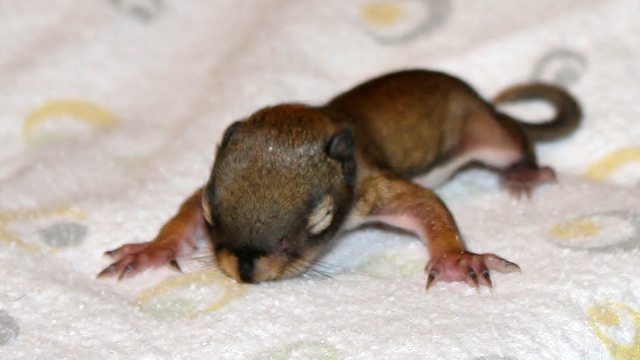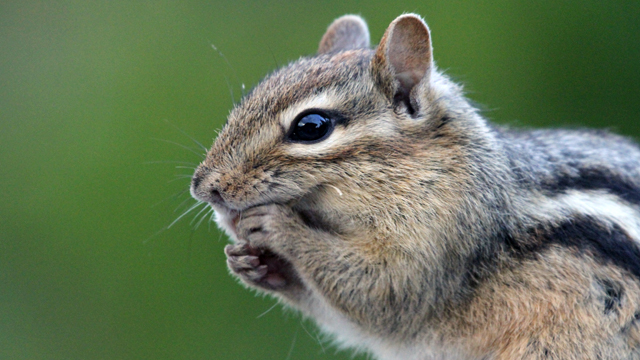Human-Wildlife Conflict
Having a problem with wildlife can be extremely frustrating. It is important to remember there is a solution and it is a TEMPORARY situation. Wild animals tend to be around our homes for one of two reasons:
- Food Source - bird feeder, pet food, garbage, etc.
- Potential Shelter - most common during the birthing season, when pregnant females are desperate to find a safe place to have their young, and in the fall, when animals are seeking a place to bed down for the winter.
Although you may only see one animal, it may not be alone. The birthing season runs from late February to early October, and the babies are helpless when first born and are not yet able to go out with mom. It is critical not to trap young inside, as they will perish, possibly falling between walls and requiring expensive drywall removal and causing very bad odours if they die in inaccessible areas.
Trapping and Relocating: It is natural to think that trapping and relocating is the answer, but STOP AND READ THIS FIRST:
- Under the Ontario Fish and Wildlife Conservation Act, it is illegal to trap and relocate any wild animal beyond close proximity to the point of capture, which makes trapping quite pointless.
- Even if you could take the animal away, it would open up a space for another animal to move in. So, figure out the attraction and remove the appeal.
- Babies left to die in inaccessible places in your attic, or under your step/shed, will result in bad smells and a lot of money for repair jobs.
- A barricaded animal can cause a lot of damage trying to get back in to their young, or in trying to escape.
- Wildlife removal companies can be costly and cannot guarantee they will not create orphans.
REMEMBER: This is a temporary situation.





